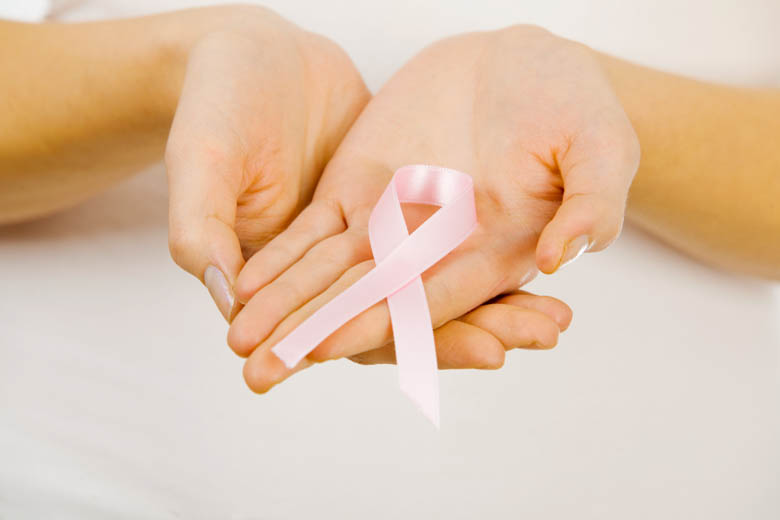Breast cancer strikes some one in eight women. Treatments exist, but offer grim trade-offs: many are highly toxic, destroying healthy cells along with cancerous ones.
Mandeep Kaur, Senior Research Scientist at the Biomolecular Lab in the Computational Bioscience Research Center at KAUST, and her colleagues Sunil Sagar (Research Scientist) and Luke Esau (Postdoctoral Fellow) are hoping to change that.
A Treatment with Trade-Offs
Scientists classify breast cancer into two main types. The most common type is known as estrogen receptor (ER)-positive breast cancer. For this type of cancer, hormone-based drugs have proved an effective, though risky, treatment. ER-negative breast cancer, in contrast, is not treatable with conventional hormone-based drugs.
Kaur’s research, as well as that of many other cancer researchers, focuses on treatments for ER-positive breast cancer, which makes up 75 percent of reported cases of the disease.
Existing therapies include selective ER modulators such as tamoxifen. Drugs like these work by blocking the action of estrogen on estrogen-sensitive cancer cells, thereby limiting tumor growth. The problem is that such drugs harm patients’ health in other ways, including causing liver damage. In addition, the body tends to become resistant to these drugs over time. Resistance makes it more likely that cancer will recur.
A Natural Solution
Kaur and her team believe they have identified a molecule that offers the benefits of ER modulators without the undesirable side effects. Acetyl plumbagin (AP) is a derivative of the natural plant product plumbagin, a compound known for its anti-cancer properties—and its toxicity. AP has never been used to treat cancer, but early studies conducted at KAUST suggest that it may be a non-toxic version of its effective but harmful cousin.
Consider the results of a recent in vivo study. Researchers treated mice with either plumbagin or AP, then compared relative tumor size, liver damage and general toxicity after treatment. Among mice treated with AP, tumor size was reduced by 45 percent. There was no reported liver damage nor weight loss in the mice, and all mice survived the trial period.
How did the plumbagin-treated mice fare? Eight died within two days of receiving their first injection.
AP isn’t remarkable only for its cancer-killing effects. Kaur’s team also discovered that it could undo the damage caused by other, toxic chemotherapeutics. They briefly tested known chemotherapeutic drugs combined with AP and found that cell toxicity related to these drugs was reduced in normal cells. This means that along with the potential of AP as an anti-cancer drug, it may have promise as an adjuvant or supplemental therapy, reversing the harm caused by other drugs.
Molecules that Save Lives
KAUST has filed for a patent for acetyl plumbagin on Kaur’s behalf and the molecule can be licensed to pharmaceutical companies for potential development into a new drug.
In the meantime, Kaur and colleagues are conducting tests to better understand AP’s properties and validate its efficacy. A detailed preclinical investigation, which would hint at AP’s long-term effects, should be conducted by early 2015. Kaur is also researching the “mechanism of action” that underlies AP—that is, the genetic pathways that the molecule activates or inhibits.
Through this work, she and her team may have discovered a new gene linked to cancer that has never been previously identified. Such knowledge would help Kaur—and bioscientists everywhere—better identify and design treatments for new cancer cases.
The bottom line for now, Kaur says, should be welcome news to anyone who has been affected—directly or indirectly—by breast cancer: “AP kills cancer cells,” she says, “and it’s safe.”
This technology is part of KAUST’s technology commercialization program that seeks to stimulate development and commercial use of KAUST-developed technologies. Opportunities exist for joint development, patent licensing or other mutually beneficial relationships. To learn more, contact us at ip@kaust.edu.sa.

